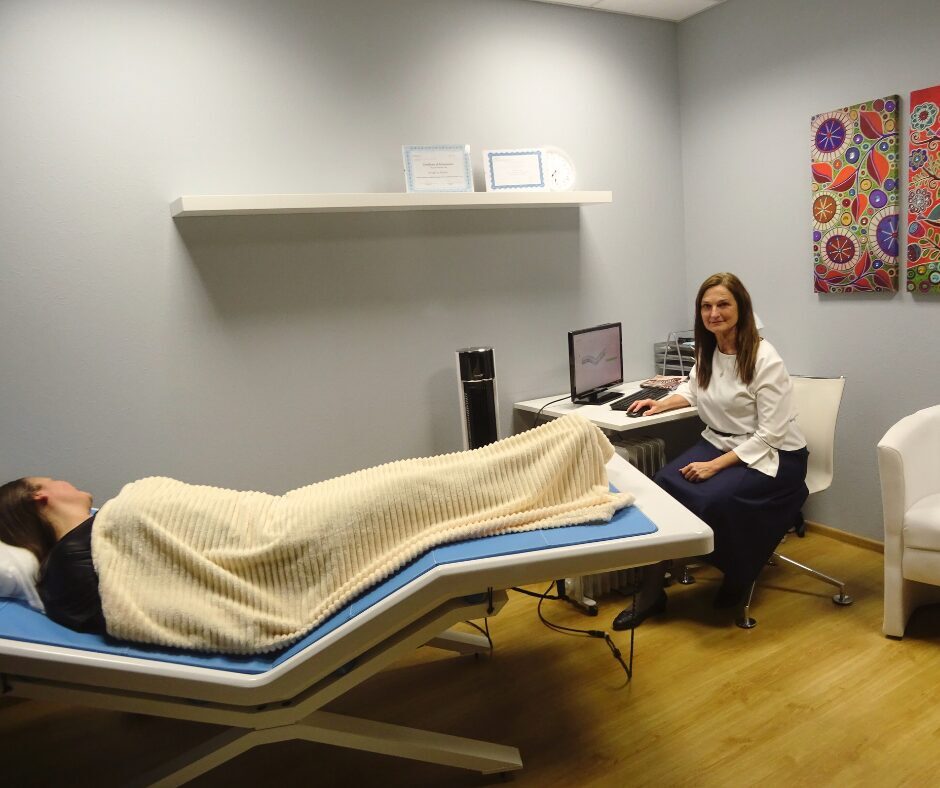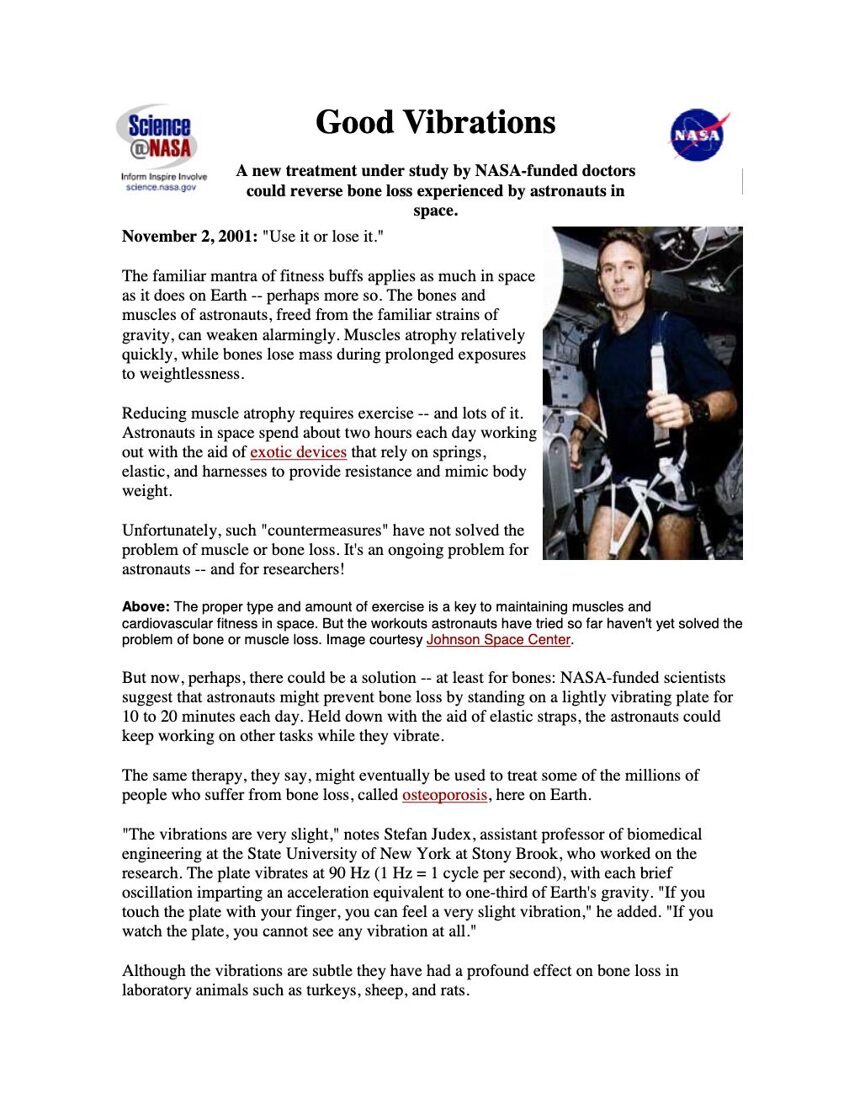Medicine.lv article on '"How does sound therapy help with stress and illness?"'
"People who spend their daily life under stress, suffer from chronic stress that has accumulated over time and 'turned' into various somatic symptoms, or suffer from sleep or eating disorders can be very well helped by vibroacoustic therapy," says Dzintra Zariņa, a psychotherapy specialist at the "Sound and Music" Therapy Centre and a certified music and vibroacoustic therapist.
Vibroacoustic therapy is a treatment method that uses low-frequency sounds (20-120 Hz) while the patient is in a special bed. As the human body has its own natural resonance system, external sound can adapt to the body's vibrations.
"When a person is healthy and not stressed, the body's biological resonance system is in balance. Stress, viruses, bacteria, overload and other harmful external factors upset the balance of the body's energy-biological resonance system, leading to lower immunity and disease. Low sound frequencies help the body to synchronise and return to its natural resonance system," says the specialist at the therapy centre.
Vibroacoustic therapy is used for people with neurodegenerative diseases because it improves blood circulation. It is also used to relieve chronic and acute pain: muscle, back, neck, shoulder, menstrual, headaches. It helps treat migraines, polyarthritis, rheumatism, fibromyalgia and various muscular conditions (tension, overstrain).
"Vibroacoustic therapy has the added value of being pleasant, relaxing and can also serve as a complementary therapy to a course of medication. In today's conditions, almost every person in Latvia could benefit from just that - deep body relaxation. Deep relaxation helps to 'trigger' the body's self-regulation and self-healing system. Of course, sound oscillations can be used in therapies, which, on the contrary, activate the body, but even then, deep relaxation is achieved at the beginning so that the body can self-regulate," says the specialist.
A course of therapy consists of 10 to 12 sessions. The duration of the effects of vibroacoustic therapy depends on the diagnosis and whether the person's life circumstances change, for example if they return to a stressful environment.
Historically, vibroacoustic therapy was founded by the Norwegian therapist and educator Olaf Skille (1968). He worked with children suffering from severe physical and mental health disorders, accompanied by symptoms of severe traumatic muscle spasticity. Skille discovered that low frequency sound vibration could be used to reduce muscle spasticity, and with it pain, and to achieve a relaxed state of the whole body, which improved the overall physical and emotional well-being of his patients.
This form of therapy has developed considerably and is widely used in the world today, both in medicine and rehabilitation.
Original article in Latvian available here.

already at 2001, NASA-funded scientists recommended that astronauts use lightly vibrating plates
In 2001, NASA-funded scientists recommended that astronauts stand on a gently vibrating plate for 10-20 minutes every day to prevent bone loss. They claimed that the same therapy could eventually be used to treat millions of people here on Earth suffering from osteoporosis, which leads to a loss of bone mass.
And the scientists were right: today, vibroacoustic therapy (VAT) is practised worldwide, in the EU, the USA and Canada, in various fields of medicine, healthcare (treatment, rehabilitation, prevention) and social care, with efficacy recognised in studies and clinical observations. Vibroacoustic therapy is used worldwide by psychologists, psychotherapists, music therapists, physiotherapists and other medical and healthcare professionals.
Find out more about this research and experience here.

The Harmonic Healing: Unraveling the Mystique of Cat's Purr
In the realm of sound healing and vibroacoustics, the gentle purr of a cat occupies a unique and fascinating place. This soothing sound, often a symbol of feline contentment, has intrigued not just pet lovers but also those invested in the therapeutic potential of sound. Delving into the heart of this phenomenon, we uncover a tapestry where nature, science, and wellness intertwine, offering insights into the healing journey that transcends traditional bounds.
Original article available here.
